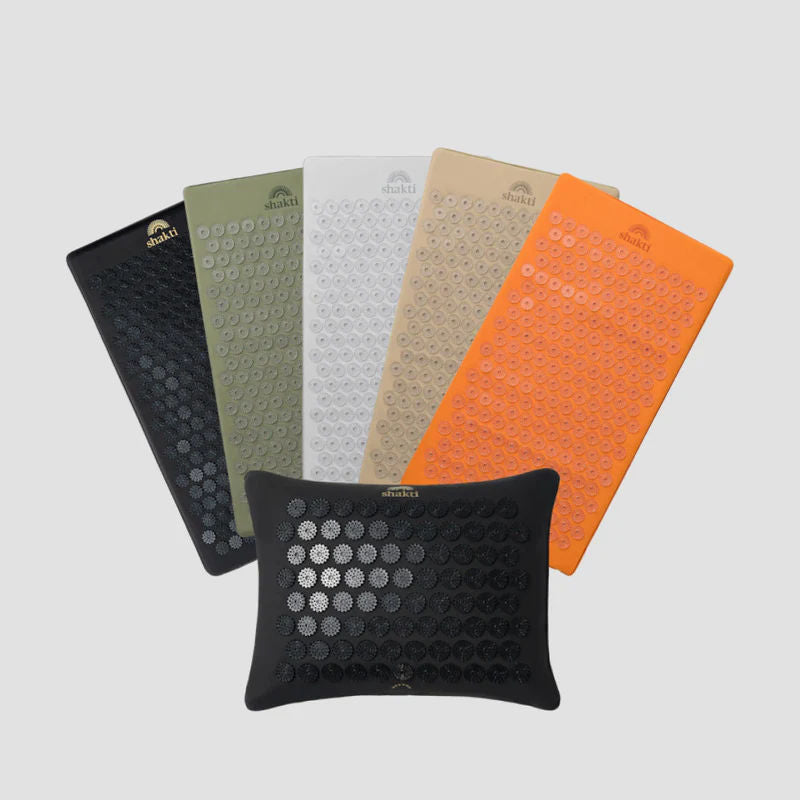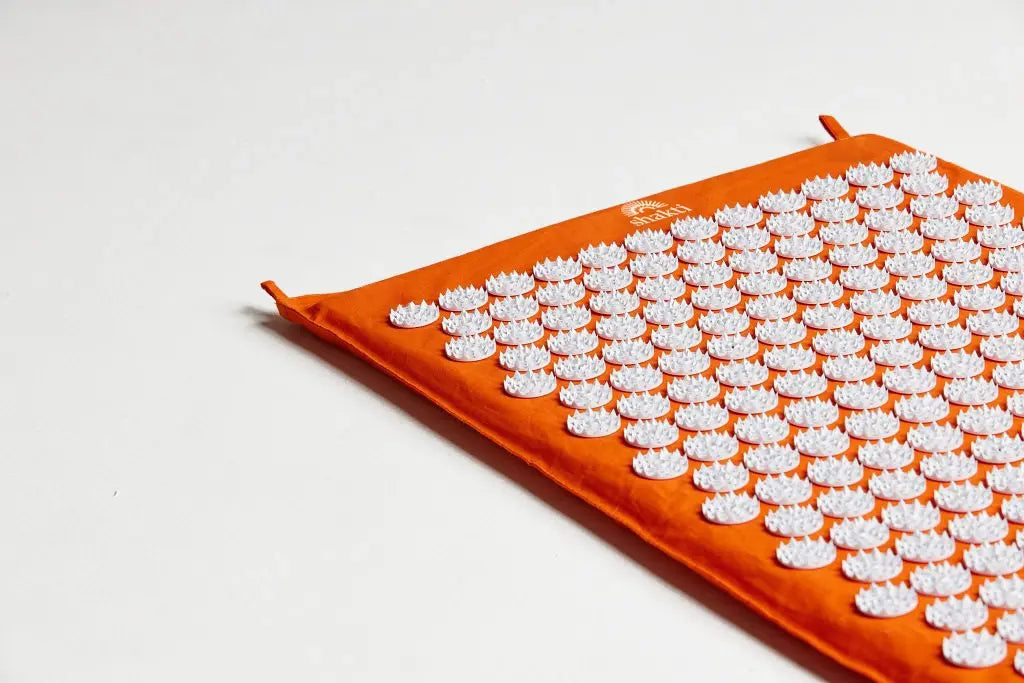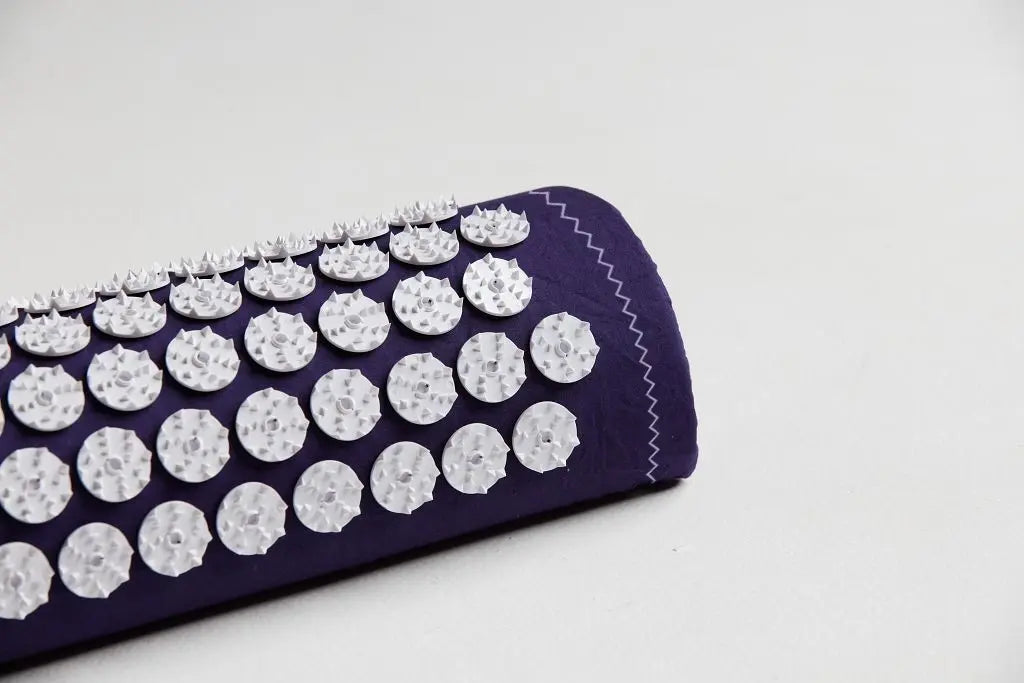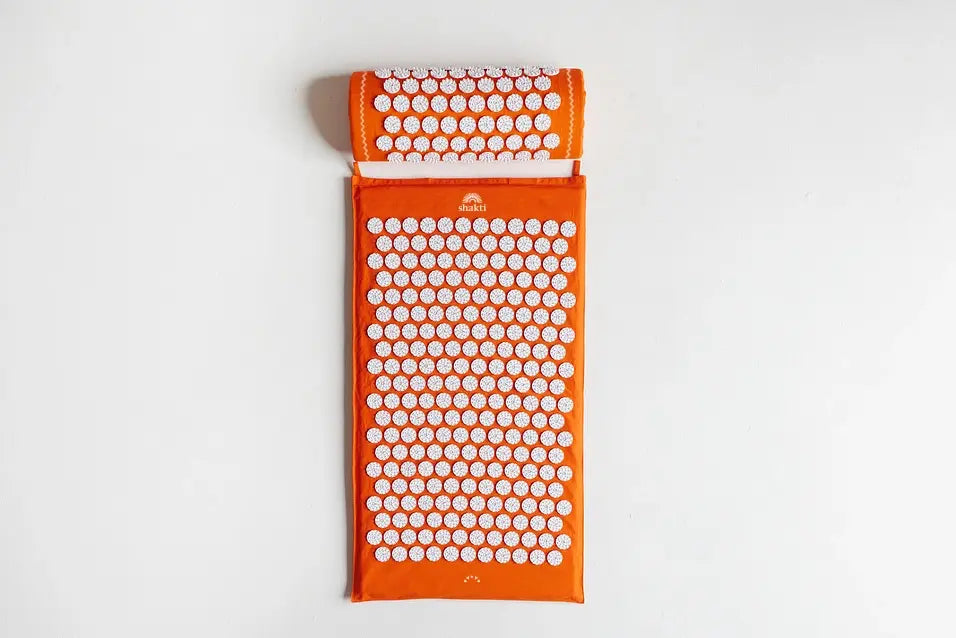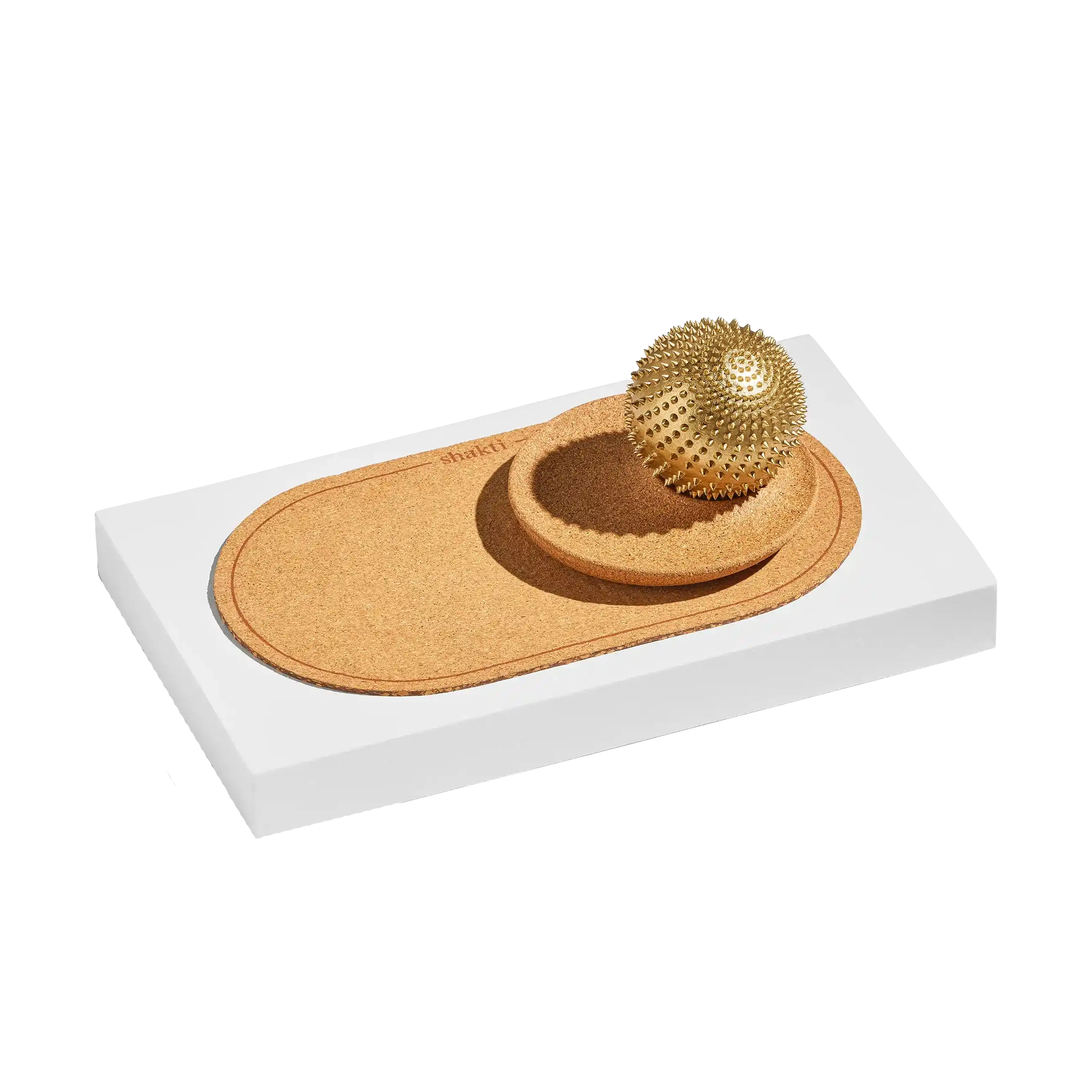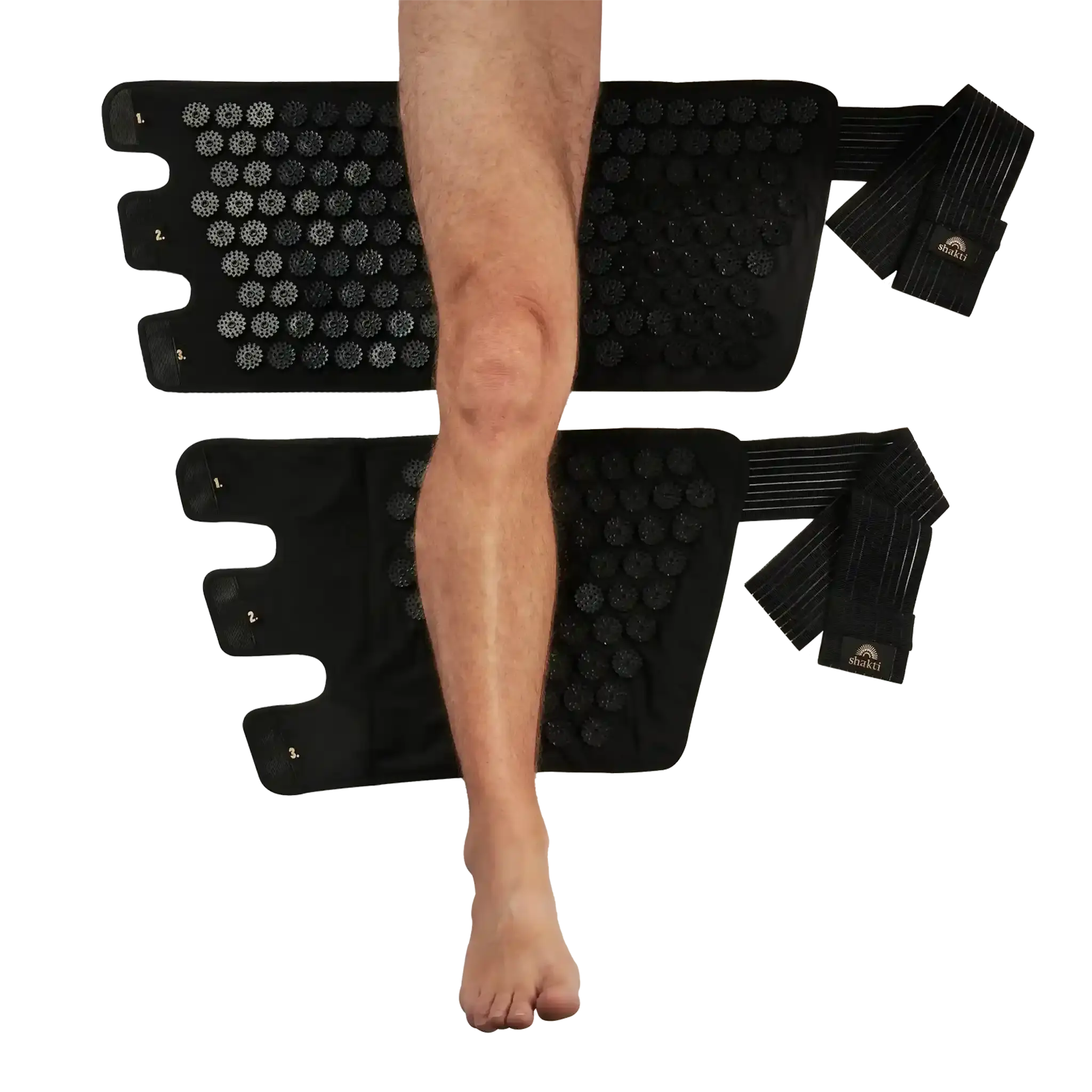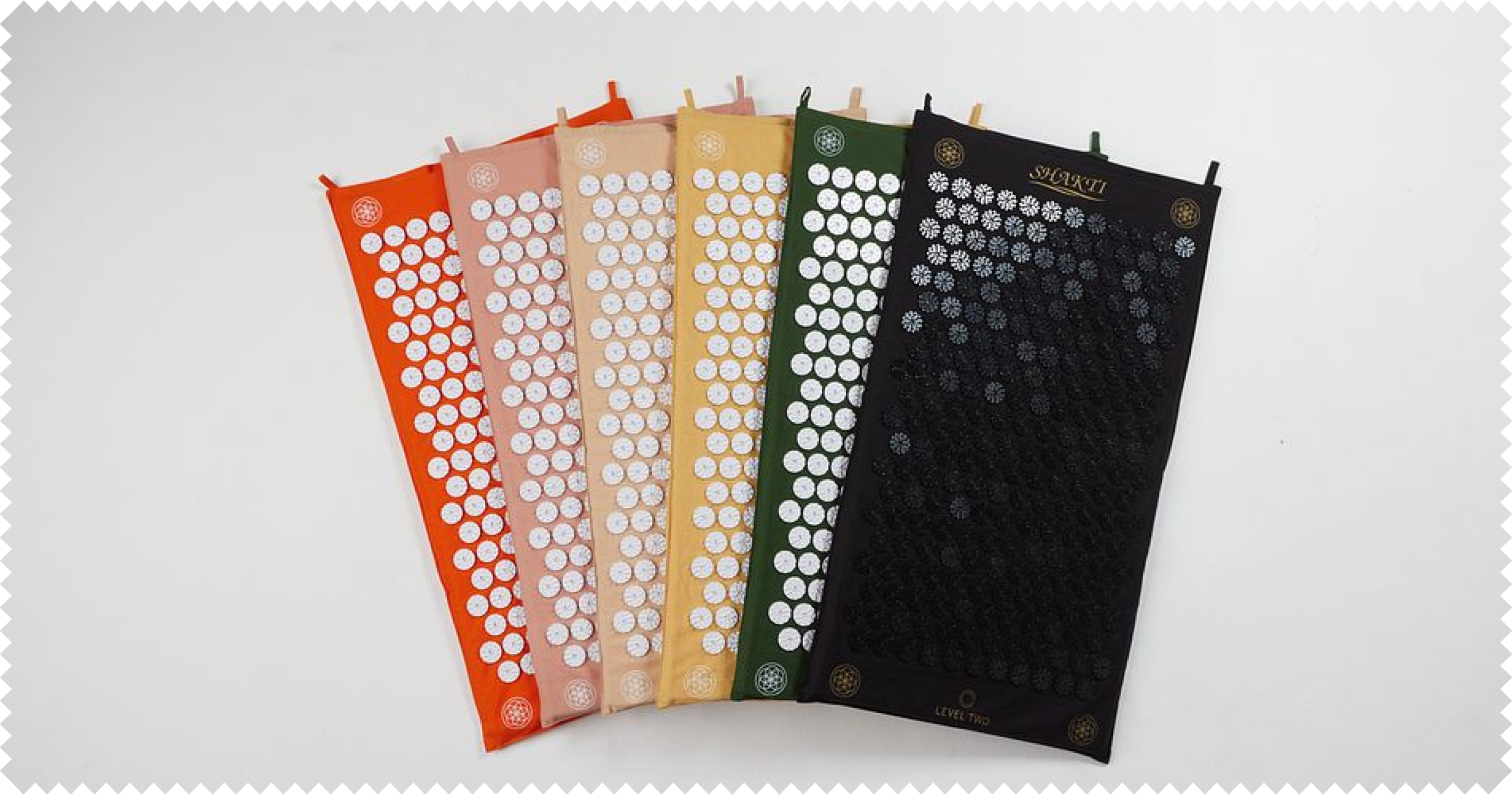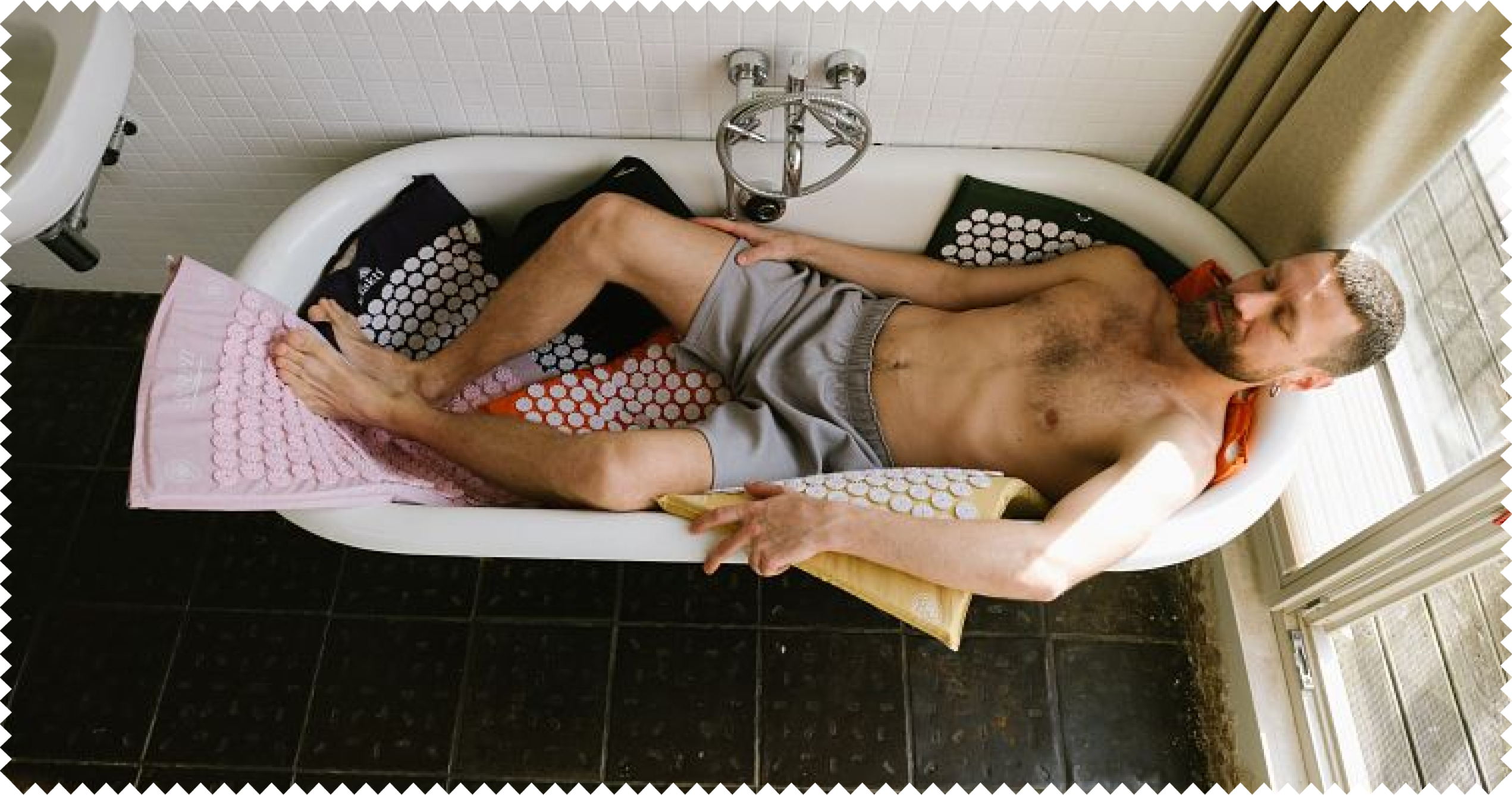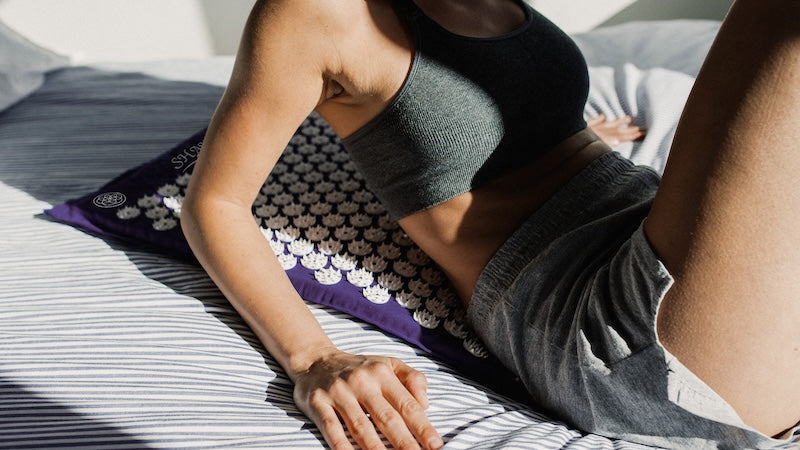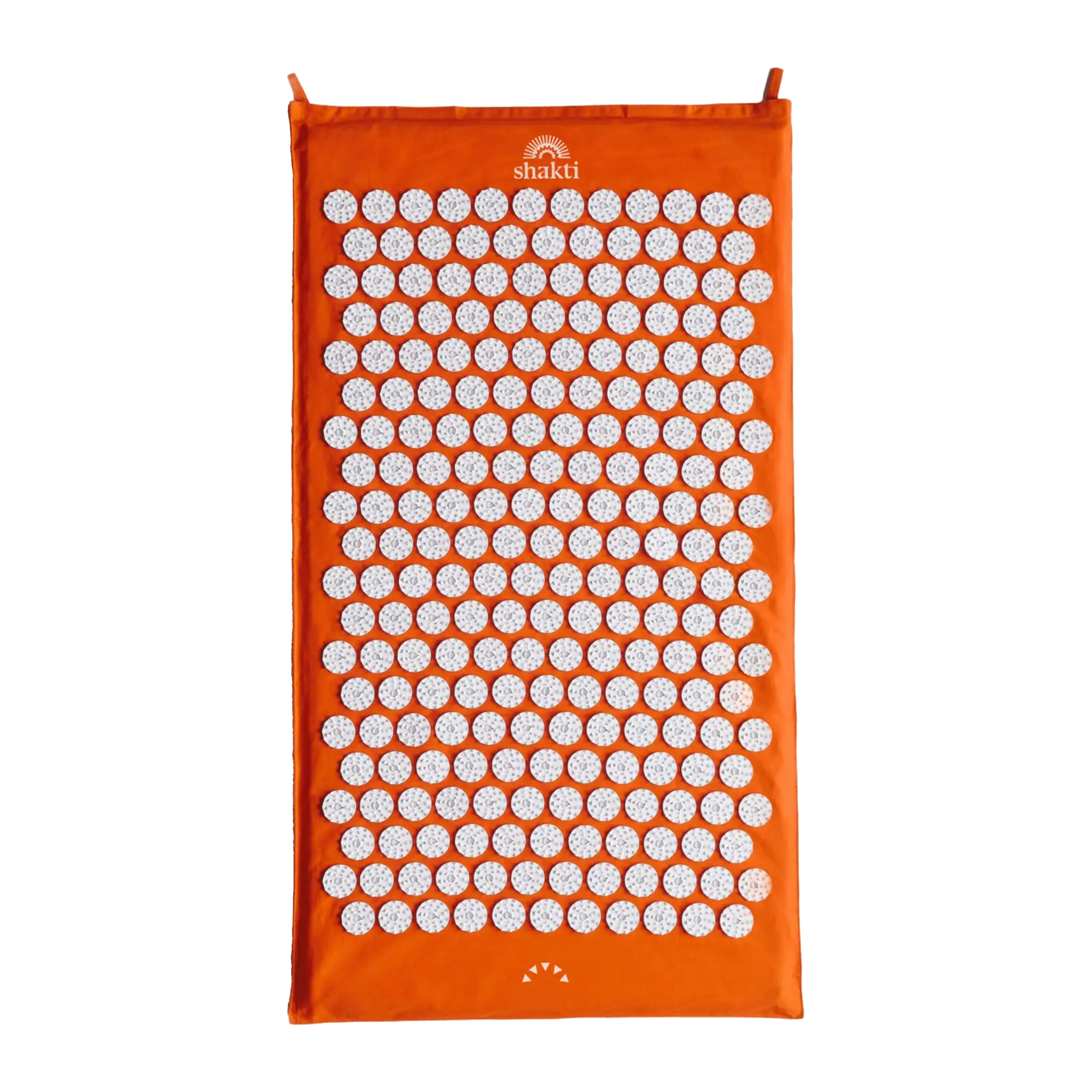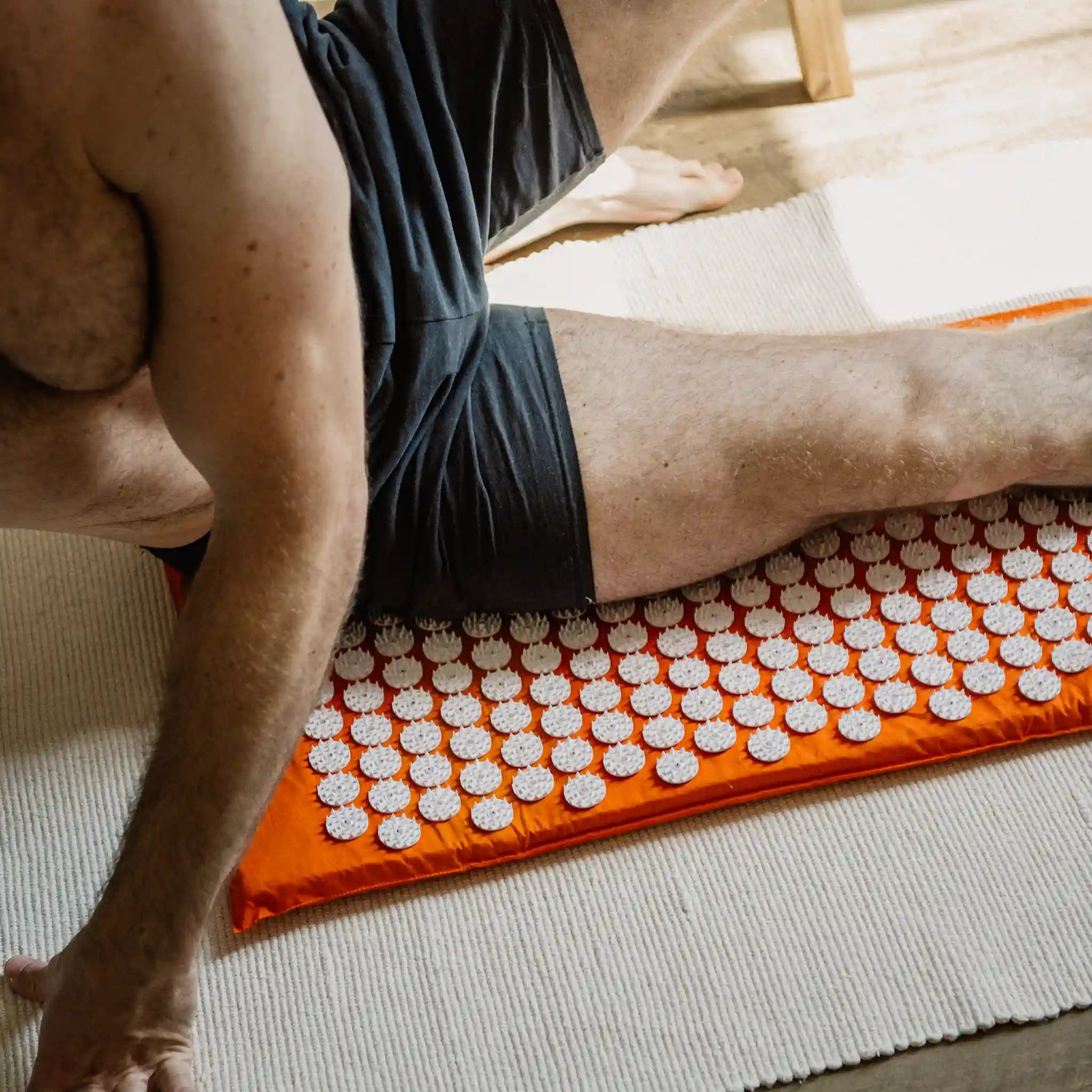In a fascinating interplay of strength and movement, our muscles are the reliable engines of our body. But sometimes their harmonious interplay is disrupted, for example by muscle inflammation, also known as myositis. This complex combination of pain, weakness and sometimes even systemic symptoms casts a shadow over the powerful processes of our muscular system. Muscle inflammation can vary greatly - from mild muscle fatigue to serious inflammatory conditions. In this article, we will look at the symptoms, causes and appropriate treatment. Join us in getting to know your body better so that you can take the best possible measures in the event of myositis in the future - or even better: so that you can effectively prevent it from now on.
Content
1. muscle inflammation: recognizing symptoms
2. muscle inflammation: understanding the causes
3. muscle inflammation in the back - what you can do
4. special case of dermatomyositis - what is behind it?
Muscle inflammation: recognizing symptoms
The first question we ask ourselves is: What does muscle inflammation feel like? Myositis can cause different symptoms in different parts of the body. For example, muscle inflammation in the upper arm manifests itself differently to muscle inflammation in the calf or knee. Rheumatic and chronic muscle inflammation can also cause different symptoms. Nevertheless, the general symptoms of myositis often include a feeling of weakness in the muscles - especially during activities that can normally be performed easily - as well as pain in the muscles that increases when they are pressed or touched. In addition, a full-body feeling of fatigue can also accompany the muscle weakness.
Myositis can look like this in detail: Symptoms of muscle inflammation in the neck, back or arm are mainly pain in the neck, which can be accompanied by stiffness, as well as pain in the shoulders, which can impair movement of the arms. There may also be difficulty lifting the head without pain or strain, or muscle weakness in the arms that makes it difficult to lift or hold objects. Symptoms of muscle inflammation in the hip or legs are often pain in the hip region, which can become worse when walking or moving. Muscle weakness in the legs, which can affect walking or climbing stairs, is also often involved. Climbing stairs can be very difficult, especially if the knees are affected by the muscle inflammation.
Fever and weight loss are often cited as systemic symptoms of myositis. The latter can occur in particular if the inflammation is associated with an underlying disease. It is also important to note that the symptoms can vary depending on the cause of the myositis.

Muscle inflammation: Understanding the causes
Foot, neck, chest - muscle inflammation can affect almost any part of the body. The causes of muscle inflammation are just as varied. The most common cause is overloading of the muscles due to intensive physical activity or unusual movements. This is often referred to as muscle soreness. Muscle soreness occurs when muscles are overworked or subjected to extraordinary stress, resulting in microscopic injuries to the muscle fibers. This in turn results in pain, stiffness and occasionally mild swelling in the affected muscles. Other causes of myositis can include the following:
- Injuries such as strains, bruises or tears
- Infections caused by viruses, bacteria or parasites
- Metabolic disorders or electrolyte imbalances
- Autoimmune diseases such as polymyositis and dermatomyositis
- Certain medications can cause muscle pain and inflammation as a side effect.
- Some genetic predispositions can increase the risk of muscle diseases.
- Stress and fatigue can strain the muscles and lead to inflammation.
And how long does muscle inflammation last? It is important to note that myositis is temporary in most cases. With adequate rest, stretching exercises, cooling and pain-relieving measures, it can usually be treated well and subsides quickly. However, in some cases, especially if the myositis is caused by underlying conditions, a medical examination may be required to determine the exact cause and initiate appropriate treatment. If the myositis lasts longer or is accompanied by other symptoms, you should definitely consult a doctor.
Muscle inflammation in the back - what you can do:
Now comes the most important point: what to do in the event of muscle inflammation? To explain this, let's pick out one area. Myositis is very common in either the legs or the back. This is simply because the strain on our muscles is often highest there. Poor posture, excessive sitting and too little compensatory movement cause overloading in some areas, causing the muscles to cramp and harden. This is compounded by relieving posture, which only avoids the pain - and also overloads other areas. What to do now? The treatment of myositis in the back should aim to reduce the inflammation, relieve the pain, relax the muscles and promote healing. You can take action with the following measures or these muscle inflammation home remedies can help you.
What helps against muscle inflammation?
- Elevate the affected area to promote blood circulation and minimize swelling.
- In the first 48 hours after the onset of myositis, cold packs can help to reduce swelling and relieve pain.
- After the first 48 hours, warm compresses or heat plasters can stimulate blood circulation, relieve muscle tension and support healing.
- Special exercises and muscle relaxation techniques can also help you to strengthen your muscles and improve your flexibility if you have myositis.
- Once you are well loosened up, you can improve your flexibility with gentle stretching exercises and thus reduce muscle tension. However, please be careful not to overstretch your muscles.
- Self-massage with a foam roller can also help to relieve tension and relax your muscles. The Shakti Mat acupressure mat can serve you well here. Its numerous spikes promote your blood circulation and thus loosen your muscles. Our tip: Beginners should lie on an acupressure mat with more spikes, as this distributes the body weight better and therefore has a gentler effect. Experienced users will feel right at home on a mat with fewer points, as they achieve a more intensive effect. And advanced users can even manage with an acupressure mat with very few spikes. Which type are you?
- Sufficient fluid intake is also important to support your muscle function and reduce possible inflammation in the event of myositis. So: don't forget to drink!
- By eating foods with anti-inflammatory properties such as omega-3 fatty acids (e.g. in fish oil), you also help your body to reduce the existing inflammation.
- Particularly important with myositis: give your affected muscles enough time to recover. So don't be impatient and avoid sports activities that could aggravate your pain for one day too long.
- Medication can also help to relax your muscles in the case of myositis (muscle relaxants), relieve your pain and reduce inflammation (painkillers with an anti-inflammatory effect if necessary). However, please consult your doctor before taking such medication.
Pain Relief
Progressive muscle relaxation according to Jacobson is a simple exercise for muscle relaxation. This method aims to achieve deep relaxation through conscious tension and relaxation. To do this, find a quiet place and sit on a chair or lie on your back. Now breathe in slowly and deeply through your nose. Hold your breath briefly and then exhale slowly through your mouth. Repeat this a few times, then begin the relaxation journey - from the tips of your toes to the ends of your hair. Start by concentrating completely on your feet. Squeeze your toes tightly together and tense your muscles for around 5-10 seconds. Then suddenly release the tension and let the muscles relax. Enjoy the relaxed feeling for around 15-20 seconds.
Then systematically move on to other muscle groups, e.g. soles of the feet, calves, thighs, buttocks, abdomen, back, shoulders, neck, arms, hands and face. Repeat the tension and relaxation cycle for each muscle group. Alternatively, you can also loosen your muscles and stimulate your circulation during a session on the Shakti Mat acupressure mat. Try it out and feel how good it feels!
Stretching exercise
A simple stretching exercise is the cat-cow stretch. Start on all fours, with your hands under your shoulders and your knees under your hips. Your back is in a neutral position. Now take a deep breath and lower your stomach towards the floor. Let your back sag, pull your shoulders back and look upwards. Raise your buttocks slightly (cow pose). Then exhale, round your back upwards and draw your belly button towards your spine. Let your head sink down to stretch your spine. Look towards your stomach (cat pose). Alternate between the cow and cat position by assuming the cow position on the inhale and moving into the cat position on the exhale. Repeat this for 8-10 breaths and let the movement of your spine be guided by this breath. Make sure that the movement is flowing and gentle.
Then you need to see a doctor: All of the above measures are of course only general guidelines and are no substitute for professional medical advice for myositis. So if your symptoms are severe or last longer than a few days, you should see your doctor. This is especially true if additional symptoms such as fever or weakness occur.

Special case of dermatomyositis - what is behind it?
Finally, we would like to talk about a special case of muscle inflammation, as it is often mentioned in the media: dermatomyositis. It is a rare inflammatory disease that affects muscles and skin. Dermatomyositis can affect people of any age, but is more common in children and adults aged between 40 and 60. The exact cause is not yet fully understood, but it is thought to be an autoimmune disease in which the immune system mistakenly attacks healthy tissue. The disease often affects the skin and muscles, but can also affect other organs.
Typical dermatomyositis symptoms include muscle weakness, particularly in the muscles close to the trunk, and skin changes, often a purple-red rash on the ankles, elbows, face and upper chest. Sometimes skin thickening can also occur and many people with dermatomyositis also experience joint pain. General tiredness and fatigue are also associated symptoms. In some cases, the condition can also affect the muscles responsible for swallowing and breathing. Swallowing and breathing difficulties are then the result. However, we would like to emphasize once again: Dermatomyositis is a rare disease. However, if you suspect that you may be suffering from dermatomyositis, it goes without saying that the diagnosis must be made by a doctor, who will then also prescribe the appropriate treatment. This is usually aimed at controlling the inflammation and alleviating the symptoms.


